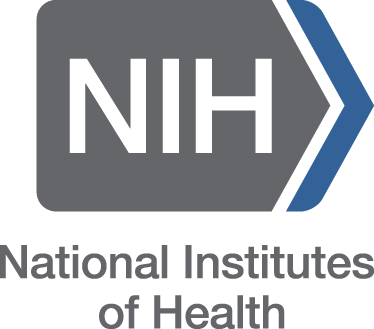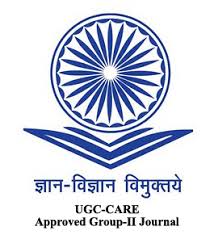FORMULATION AND EVALUATION OF HERBAL MOUTHWASH FROM KADAMBA LEAVES EXTRACT
DOI:
https://doi.org/10.63001/tbs.2025.v20.i02.S2.pp55-61Keywords:
Neolamarckia cadamba, Oral Hygine, Mouthwash, Staphylococcus aureus, E. coli bacteriaAbstract
Natural substitutes are sought out based on the accumulation of oral infectious microorganisms and the increase in resistance to synthetic antimicrobial agents. In this study, we aimed to formulate and evaluate an herbal mouthwash from Kadamba (Neolamarckia cadamba) plant leaves against common oral pathogens. Extracts were prepared from the leaves using ethanol and water, and were shown to contain phytochemical analytes including bioactive compounds such as flavonoids, tannins, and alkaloids that increase antimicrobial effectiveness. Using agar method, the extract was tested for involvement against Staphylococcus aureus, E. coli bacteria. The results indicated excellent antimicrobial activity and effectiveness, which was higher in the ethanolic extract compared to the aqueous extract. Moreover, pH value of the formulation was assessed and the formulation was stable and safe with respect to oral mucosal tissues. Conclusion combined extracts of Kadamba leaves may serve as a good mouthwash owing to the anti-bacterial activity on oral microorganisms.
Traditional mouthwash, especially containing alcohol, chlorhexidine, or synthetic antimicrobial agents, do have some side effects. These include irritation of the oral mucosa, dryness and burning sensation owing to high alcohol content. Extended use of chlorhexidine-based mouthwashes may cause staining of the teeth, altered taste sensation (dysgeusia) and disturbance of the normal oral microbiome, which might increase the risk of secondary infections such as oral thrush. Synthetic additives like parabens and artificial flavors can also cause allergic responses in certain people. Alcohol-based formulations also pose a toxicity risk if accidentally ingested, especially in children.






























